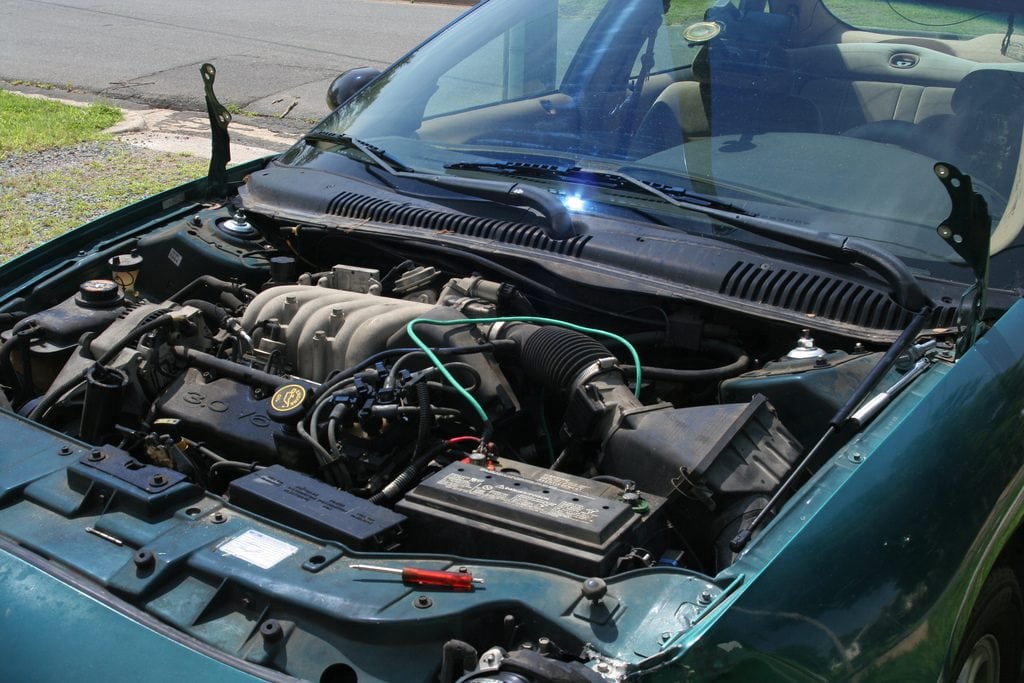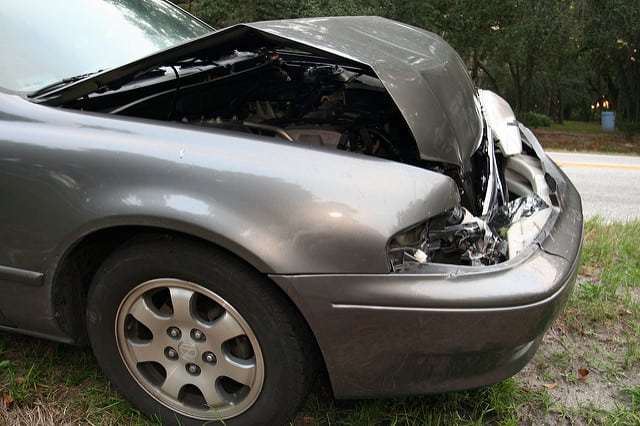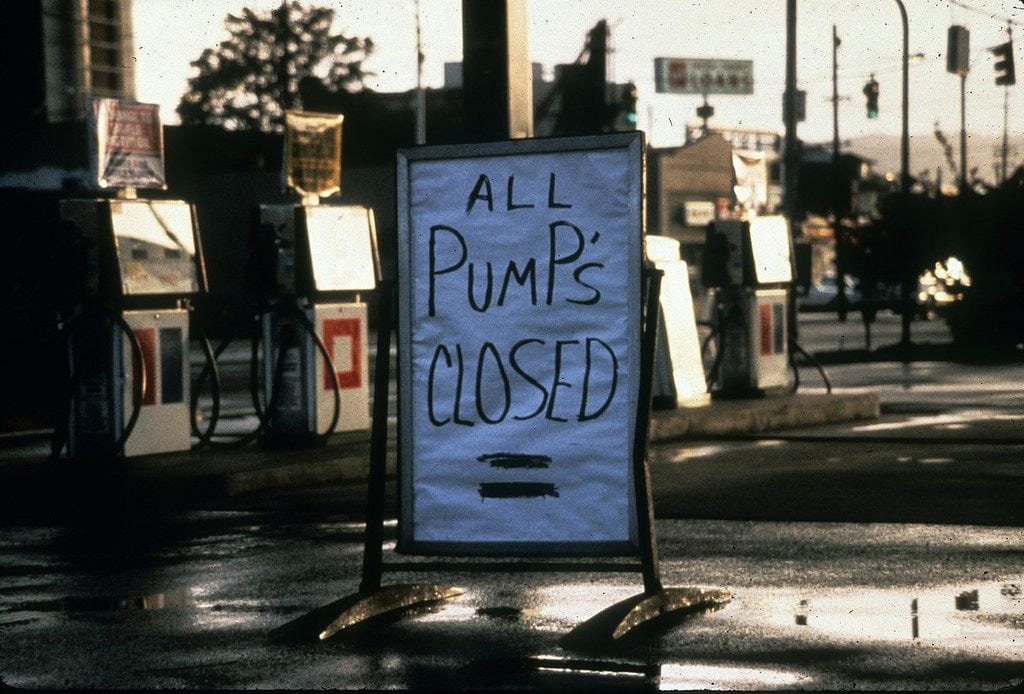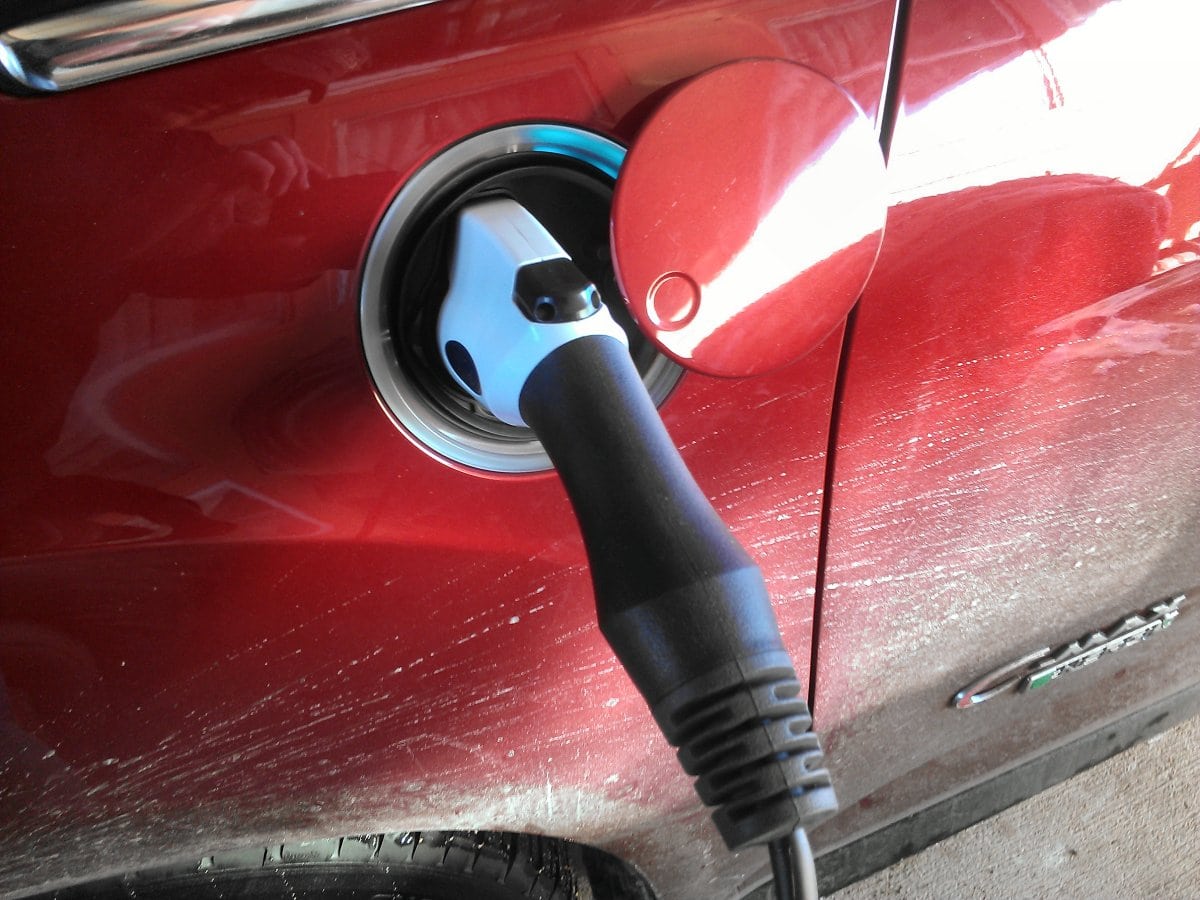There is a ton of information floating around out there about the best way to drive, maintain and even crash your car. How much of it is true? Let’s find out!
Here are some common engine myths you may have experience with:
- Nothing like sneaking out first thing in the morning to warm up your engine before that long commute to work on a cold morning, right? That’s only necessary if you have an older model car that still has a carburetor. Newer cars don’t need to warm up, so unless you must have a warm cabin, you’re just wasting gas.
- If you love working on cars, chances are you have avoided buying a newer model because you can’t service them yourself, right? Don’t lose out on those snazzy newer cars — just because they’re a bit heavier in the electronics doesn’t make them impossible to work on!
- When was the last time you got an oil change? Chances are that when you did, the service station put a sticker in your windshield telling you to come back in three months or 3,000 miles, right? However, if you do, you’re wasting your money. Most oil today is designed to go anywhere from 7,500 to 10,000 miles between changes, depending on driving conditions. Your filter choice will be the deciding factor in oil change intervals.
- Don’t expect your battery to recharge right after you jump start your car — while the alternator does charge the battery while you drive, if you’re using accessories that pull from the battery, like your air conditioner, it could be hours before your battery is actually fully charged.
- While checking your brake fluid is a good habit to get into when you check your car’s other fluids, you don’t want to go topping it off if it’s running a little low. Low brake fluid is actually a good indicator of another problem in the braking system, like worn pads or a leak in the lines, so it’s important to go get those brakes checked before a small problem becomes a big one!
Smashing Those Safety Myths
How safe is safe? Take a look at these safety myths:
- Don’t worry about putting a little too much air in those tires — you’re not going to be able to get them to bursting pressure with a couple extra pounds of air. Instead, check your owner’s manual for the proper inflation for your make and model of vehicle and keep your tires close to that.
- If you think older cars are safer because of their solid steel bodies, you’d be partially right. Solid frame cars were sturdier than today’s cars, but today’s cars aren’t designed to be sturdy — they’re designed to take a hit and crumple, which absorbs the kinetic energy of the crash rather than transferring it to you. This leads to fewer injuries from the crash itself.
Grinding up Those General Myths
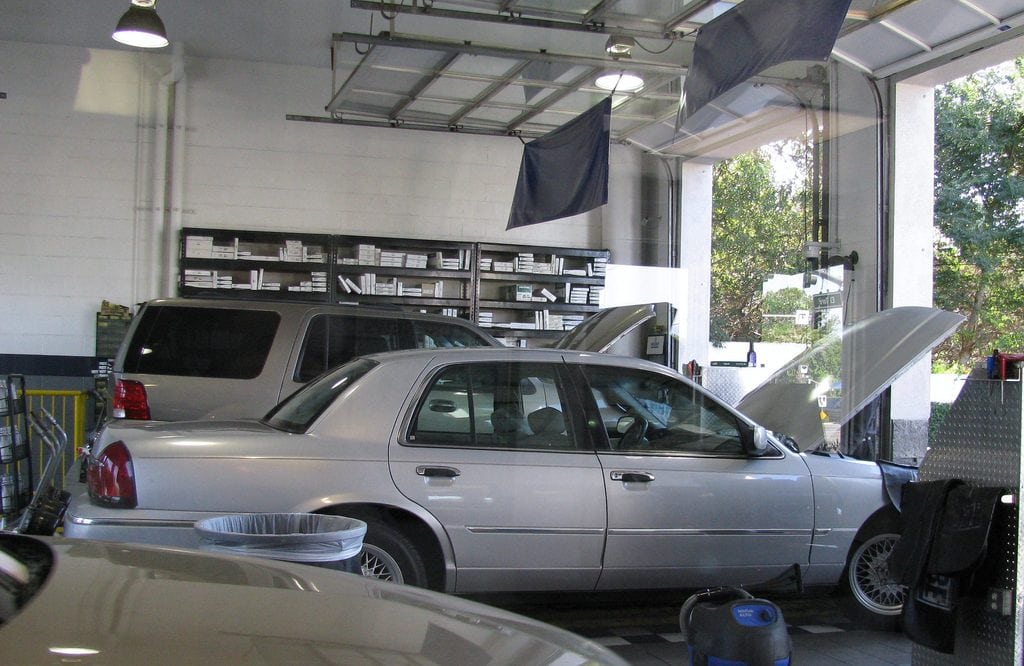
There are several general car myths, too, such as:
- How hard is to drive a stick shift? The answer: Not very, but it does take practice. For someone who’s used to an automatic transmission, it could be a bit tricky, but it’s not impossible and might be vital if you’re planning on renting a car in another country.
- Let’s get this through your head right now: All Wheel Drive does not equal snow tires! Even AWD won’t save you on snowy roads if your tires should have been changed 10,000 miles ago. If snow is a problem where you live, get the snow tires. Period.
- Don’t judge a car by its speedometer — that’s one myth that will leave you in the dust! First of all, just because a car has a top speed of 135 on the speedometer doesn’t mean it can or should be driven that fast. On the other side of the coin, the 1985 Chevy Camaro had a speedometer that only went to 85mph, but that didn’t stop it from tearing up roads all across the country.
- Bad old brands aren’t necessarily still bad brands — that’s a neat thing about humans: We learn from our mistakes and change to adapt. Just because a brand made crap cars 10 years ago, don’t assume its cars are still bad. Take a test drive and judge for yourself.
Burning up Those Fuel Myths
When it comes to fuel, every drop can be precious. Here are some common fuel myths:
- Has anyone ever told you that using premium fuel is better for your car? If you have a car designed to run on regular fuel, then paying extra at the pump isn’t going to do anything but empty your wallet that much faster.
- The same goes for idling. It doesn’t save gas, so if you’re sitting in line or in stop and go traffic that’s mostly stop, just go ahead and shut the engine off. If you’re idling for more than 10 seconds, it uses up more gas than restarting the engine does.
- When it comes to the old AC vs. Windows Down argument, at least in terms of gas mileage, it’s nearly a tie. Rolling down your windows might give you a bit of extra gas mileage when compared to using the air conditioner, but the difference is so slight that you might as well just be cool and use the AC.
- Getting gas in the morning won’t save you any more money than getting gas in the afternoon, the evening or after the sun has gone down. While it is true that cold gasoline is denser, storing it underground means the time of day makes very little difference in the density of the gasoline, no matter when you’re fueling up.
- And last but not least, WASH YOUR CAR. If you’re worried about gas mileage, leaving the mud or dirt on your car from the latest trip to the mudding hole can decrease your car’s efficiency by 10% or more.
So, be honest: How many of these myths had you been believing? Let us know in the comments below! Plus, if you’ve got any more crazy myths you’ve heard or want to know if they’re true, let us know!




